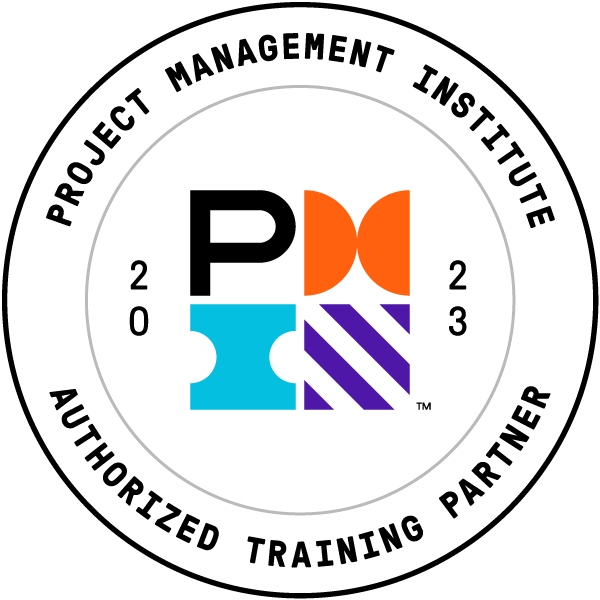Producing a step change in delivering value growth in today’s environment requires business leaders and project professionals to take a new approach to planning and executing E&P assets.
Summary
Current market conditions make it difficult for E&P operators to make consistently robust profits. Investor confidence is low as a result of declining returns from big oil. As oil prices have fallen dramatically from their historical highs, the breakeven price needed for E&P projects continues to rise.
Even when prices were at their peak, the industry managed to destroy value on 75% of all projects completed (2004-2014). This was a result of chasing the least important value driver (schedule) and, in the process, damaging the most critical (production and cost). Asset excellence is so uncommon in the E&P industry, it is likely that you have experienced any number of these scenarios:
- Business desires that do not match reality
- Schedule-driven disasters
- Great facilities performance, followed by an asset disaster (lower than expected production or reserves recovery)
Commodity prices will eventually rise, providing favorable conditions for E&P asset developments once again. When that time comes, will you be prepared to do things differently or will you repeat past performance?
Topics Covered
Day 1: The Business Role in Delivering Value
With oil prices no longer at their historical highs, the E&P industry is now appropriately focused on value growth rather than just barrel growth. Tailored for business leadership and those responsible for delivering value, Day 1 establishes through empirical data how value is truly created in E&P, and more importantly, how value is destroyed. Business leaders are provided with the right set of questions to ask their project professionals as well as steps they can take to help the technical side deliver the desired value.
Our Journey So Far: Industry’s Current State of Performance
- How high oil prices and company profits over the last 15 years perpetuated poor project performance
- Why it is critical for business to understand how much value has been left on the table
Stage-Gated Process: A Boon if Used and Structured Properly, a Bane Otherwise
- What an ideal stage-gated approach to FEL looks like in E&P and the common failings of our current way
- The criticality of the exploration development handover to asset success
- The role of FEL 1/Phase 1 and the importance of a strong FEL 1 gate
- The implications of projects entering FEL 2 with open issues
- The “flow of information” problem in E&P developments
It’s All About the Reservoir
- How reservoir complexity affects project outcomes
- Different approaches to reservoir appraisal strategies and how they affect project outcomes
- The critical nature of the timing of the reservoir data in asset development
- When reservoir work should begin and when it should be complete
Risk/Reward of Repeat Design and New Technology
- Benefits, costs, and risks associated with repeated facility design
- The challenges E&P megaprojects face in using new technologies
Organization and Teams: Designing the “Right” Organization to Ensure Asset Success
- The team’s role in the flow of information
- The meaning of “full functional integration” and why it is difficult to achieve
- The Chief Integrator role and why it is critical to achieving team integration
- Common project team organization approaches and how they affect team quality
- Why turnover is so damaging
Day 2: The Project Professional’s Role in Delivering Value
Grounded in an understanding of exactly how value is created in E&P, Day 2 examines the practical aspects that each function should focus on to deliver successful assets, assuming the business drivers are understood. In this session, we explore case studies and empirically based learnings to provide tips and examine specific elements of project delivery topics that are the most leveraging.
Effective Contracting Approaches
- The dangers in the current state of the E&P project supply chain and what our response as owners should be
- The importance of the owner’s stance toward the project and the capability of the owner team
Facilities and Wells FEL
- Facilities and well program readiness indicators as a key risk assessment and mitigation tool
- Why the Facilities and Wells FEL Indices are strong predictors of project outcomes
Establishing Realistic and Competitive Targets
- The purpose of each cost and schedule target developed during the FEL phases
- Considerations for cost and schedule estimates and tips for ensuring that cost and schedules are as robust as they can be
Effective Project Controls
- Types of late changes and how they affect project outcomes
- Defining “project controls” and identifying fundamental control activities
- The project control Best Practices that correlate with improved project outcomes
Successful Commissioning and Start-up
- Recent industry HUC performance
- Key drivers of HUC performance
Key Benefits
- Understand why the E&P industry has provided such poor return on capital employed (ROCE) and understand the role of business leaders, technical practitioners, investors, and supply chain providers in the value creation or destruction process
- Climb the value creation learning curve quickly by learning where and how others have failed to avoid making the same mistakes
- Break the communication barrier! Practitioners gain insight into the business thought process and businesses better understand the needs of the practitioners
- Learn strategies and practices that will: Improve the odds of delivering better project outcomes and reduce the risks of a runaway project
- Understand which practices are critical to success and how to overcome organizational barriers
- Increase your overall ability to contribute to the process of planning and executing oil and gas assets
Course Background
All course instruction, presentations, and supplementary course materials are rooted in IPA’s decades of experience evaluating projects and project systems, and conducting quantitative research into capital project issues and trends. Specifically, this course incorporates IPA’s proprietary model “Pathways to Asset Development Success,” which is based on detailed root-cause analyses of hundreds of E&P asset developments planned and executed in the last decade. The insights are supported by quantitative analysis and detailed empirical case studies that show the role of each function in the value creation process.
Target Audience
This course is designed for both the technical (project side) and non-technical (business side) functions involved in oil and gas asset developments, primarily the following:
|
|

